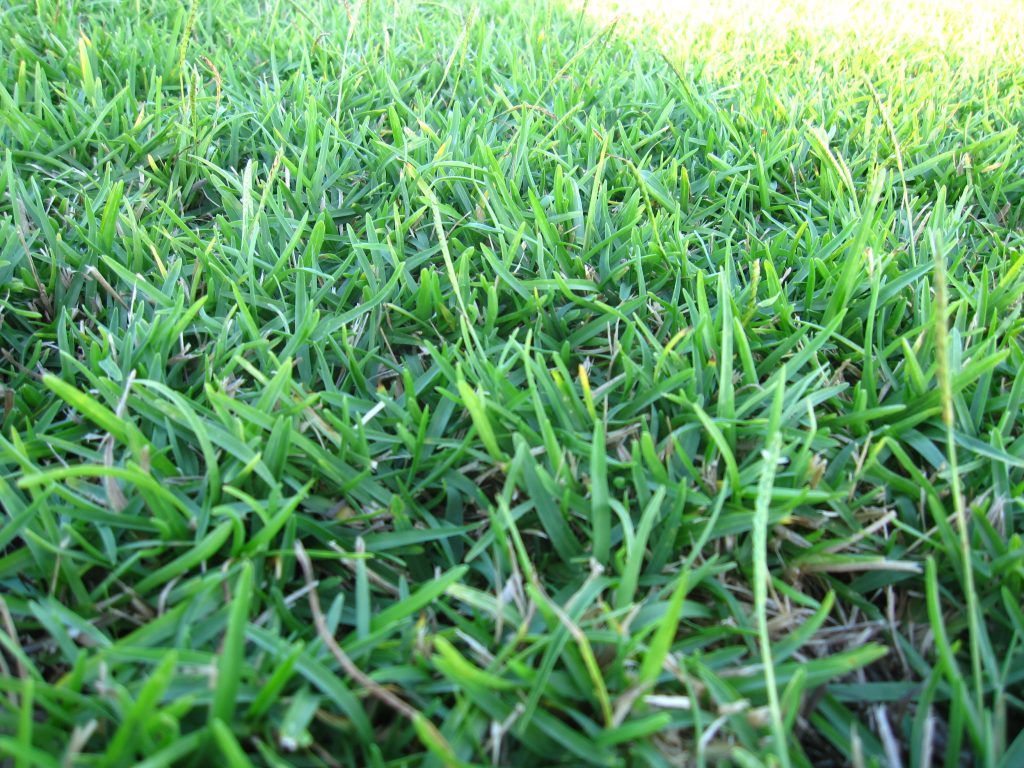TYPES OF SOD
TIFTUF™ Bermuda
With additional field testing and comparative evaluation conducted by Texas A&M, Oklahoma State, NC State and the University of Florida, there has never been another bermudagrass released from this program with more data to support its agronomic qualities. TIFTUF™ was selected for its superior drought and wear tolerance while consistently maintaining excellent turf quality. The Federal Specialty Crop Research Initiative has identified TIFTUF™ as the most drought tolerant bermudagrass, becoming the new standard for all future University drought tolerance testing.
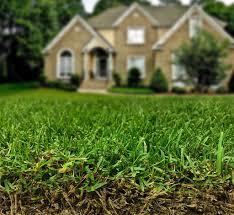
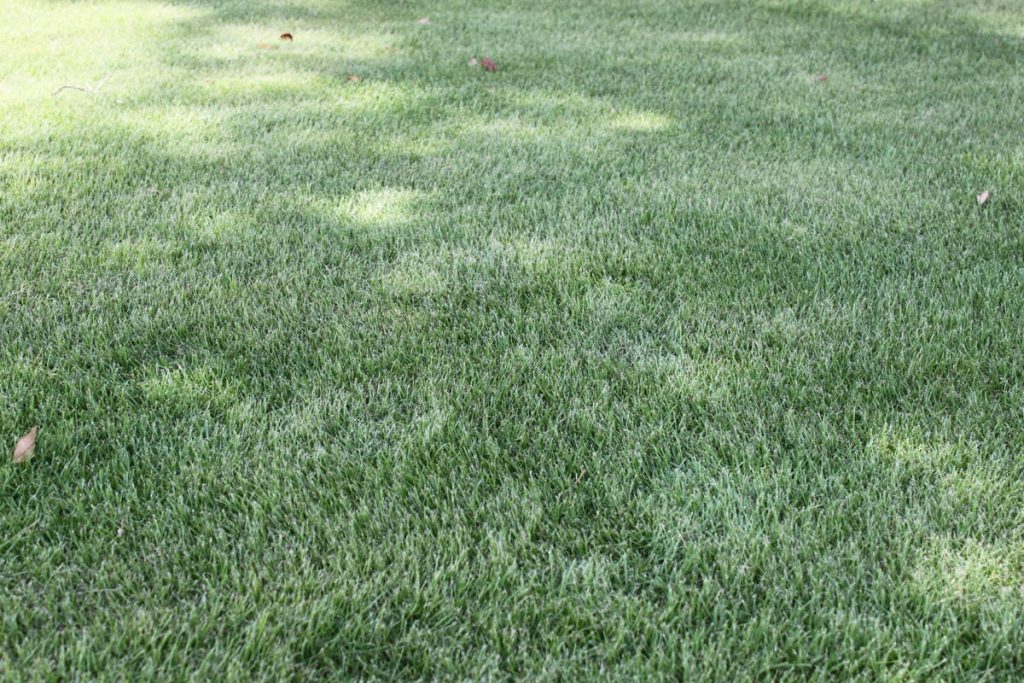
Geo Zoysia
Geo is a dark-green turf grass with fine-textured leaf blades that grows in a wide variety of soil and climate conditions. Geo performs well in sandy and clay type soils throughout the southern U.S. and has tough runners, rhizomes, and deep roots that provide excellent sod strength, wearability, and improved drought tolerance. Geo has very good shade tolerance and has performed well in field and homeowner sites.
Pensacola Bahia & Argentine Bahia
Argentine Bahiagrass is used for pasture purposes, due to its forage production qualities, but is also acceptable for lawn use in some instances. It has a coarse leaf texture, dark green in color and is a relatively dense sod. It tolerates some cold temperatures and has a good resistance to disease and common insects. Argentine Bahiagrass also grows well in sandy, infertile soil and is drought tolerant.
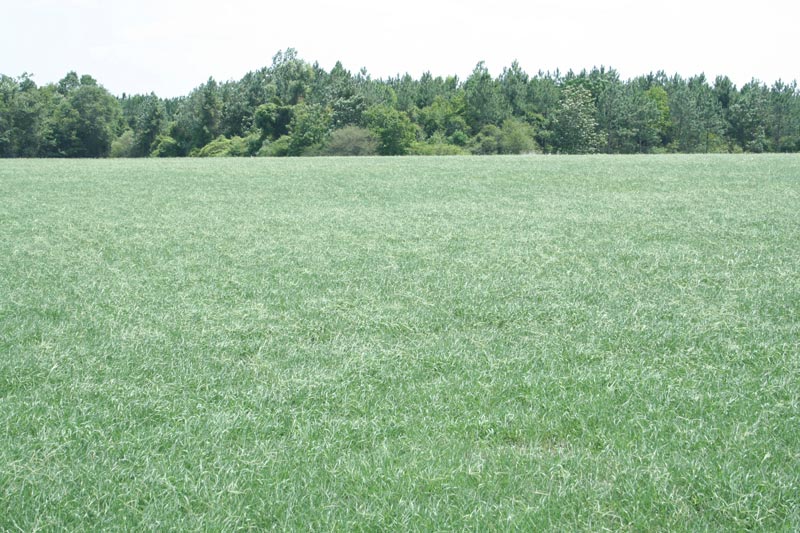
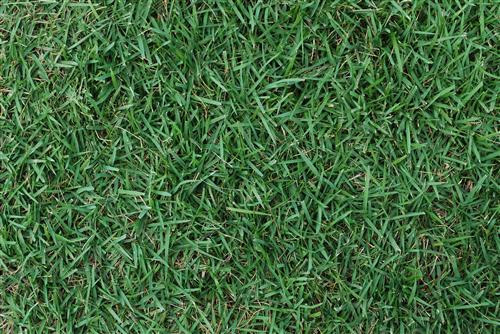
El Toro Zoysia
El Toro zoysiagrass is an improved selection of Zoysia japonica released in 1986 from California. It resembles Meyer zoysiagrass in appearance but has a faster growth rate, improved color in cooler temperatures, and less thatch accumulation. El Toro also has early spring greenup like Meyer zoysiagrass and has been reported to have improved resistance to the rust diseases. It thrives in full sun but will tolerate some shade.
Empire Zoysia
EMPIRE Turf is an improved zoysiagrass that elevates the standards and expectations for warm season turfgrasses. EMPIRE utilizes exceptional drought tolerance and lower chemical needs to meet “green building” standards. With soft-to-the-touch feel, fine tight-bladed growth and lush green color, EMPIRE exhibits durability in the landscape while maintaining functionality. Developed in Brazil, EMPIRE thrives in harsh tropical climates, yet also exhibits excellent cold hardiness. EMPIRE needs less water and maintenance than most other turfgrasses: in some instances, once naturalized to the local climate, EMPIRE requires minimal care.

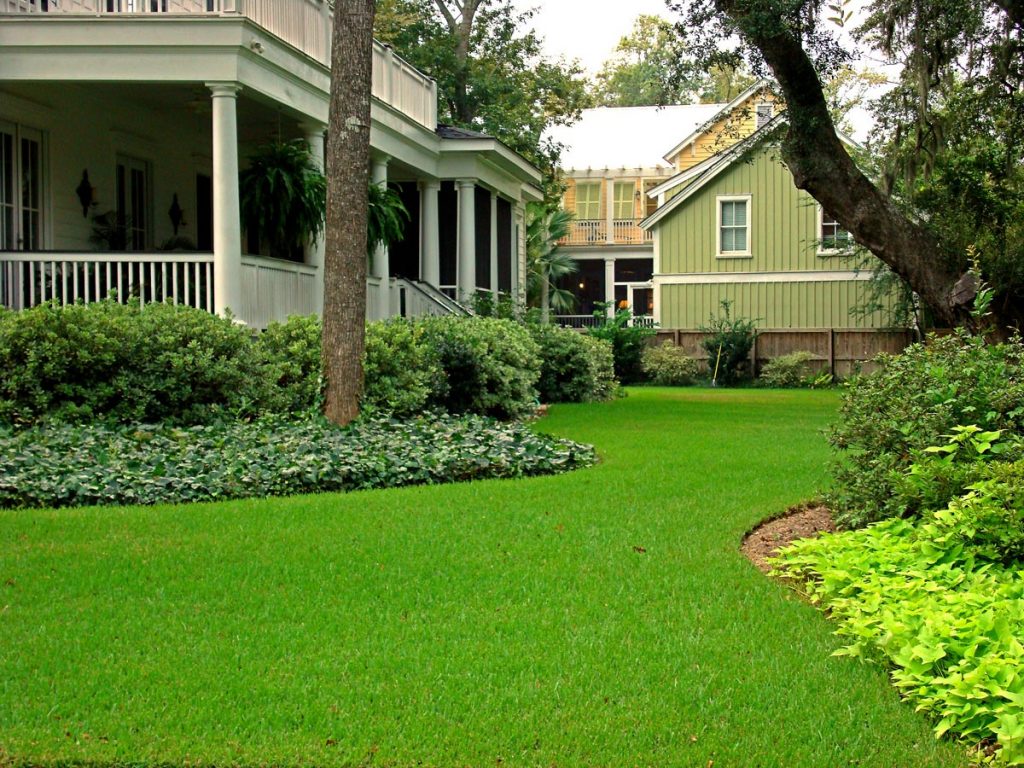
Palmetto St. Augustine
Palmetto St. Augustine, a grass discovered and developed on a sod farm in central Florida, thrives across the southern United States, from Florida northward to coastal Virginia and westward to California, under a wide range of climatic and soil conditions, making it an ideal choice for residential and commercial use. Palmetto, like all other St. Augustine’s, has routine installation and maintenance needs that must be properly addressed. The following information is not limited to Palmetto, but is applicable to most grasses in the St. Augustine family.
Raleigh St. Augustine
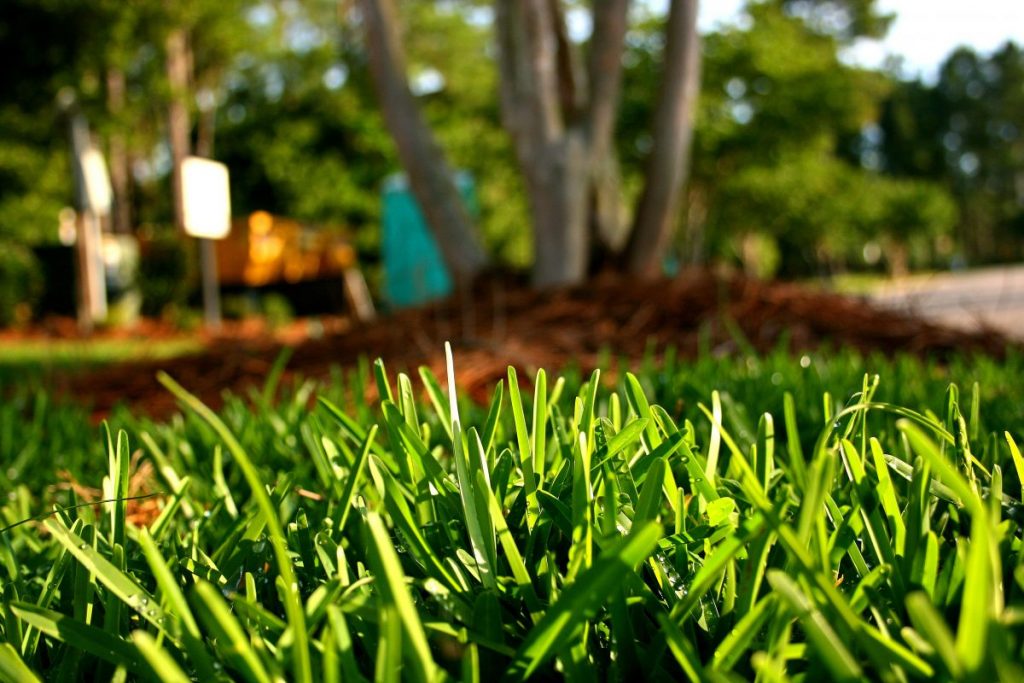
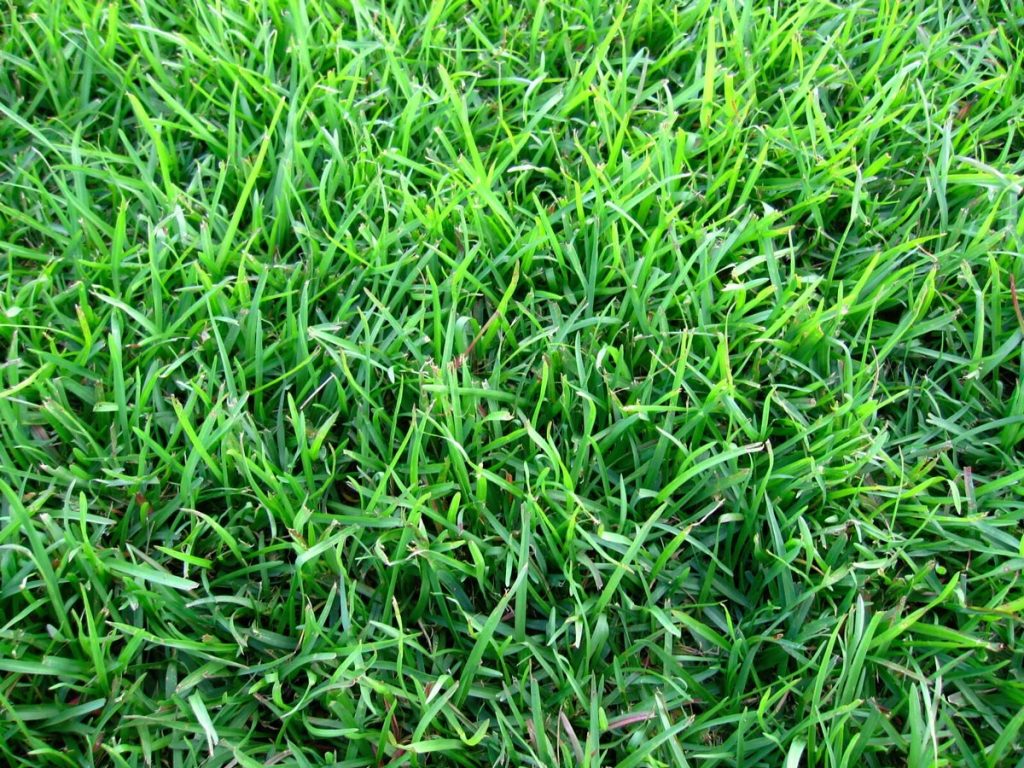
Centipede
Centipede grass is one of the most popular grasses in the south, due to its low maintenance requirements and its adaptation to low fertility conditions. It has a medium texture and is a slow, low growing creeping grass, with a medium to light green color. Centipede grass is well adapted to sandy acidic soil (pH 5 to 6), low fertility and its requirements for fertilization can be met by fertilizing once a year. It is also rather drought tolerant, but not as tolerant to salt as St. Augustine grass. It grows best in full sun, but with 6 to 6 ½ hours of sun a day, it can tolerate some shade. Centipede grass does not go into true dormancy during winter months, so a hard freeze (extended periods of 5 degrees or less) can kill the leaves and young stolons, but the grass usually recovers as soon as favorable temperatures occur.
Tifway 419 Bermuda
Tifway 419 Bermuda grass is a hybrid bermuda grass. It has a dark green color, medium fine textured leaves and is dense with a medium to low, rapidly spreading growth habit. It can tolerate close mowing and has adapted to some “brown” water sources. A pH level of between 5.5 to 7.0 is the level at which Tifway grows best. Tifway is used on, sports fields, golf courses and lawns. It establishes quickly when planted and recuperates the best of all warm season turfgrasses. Tifway grows best in warm climates and may become dormant after winter frosts, but will recover when temperatures become favorable.
